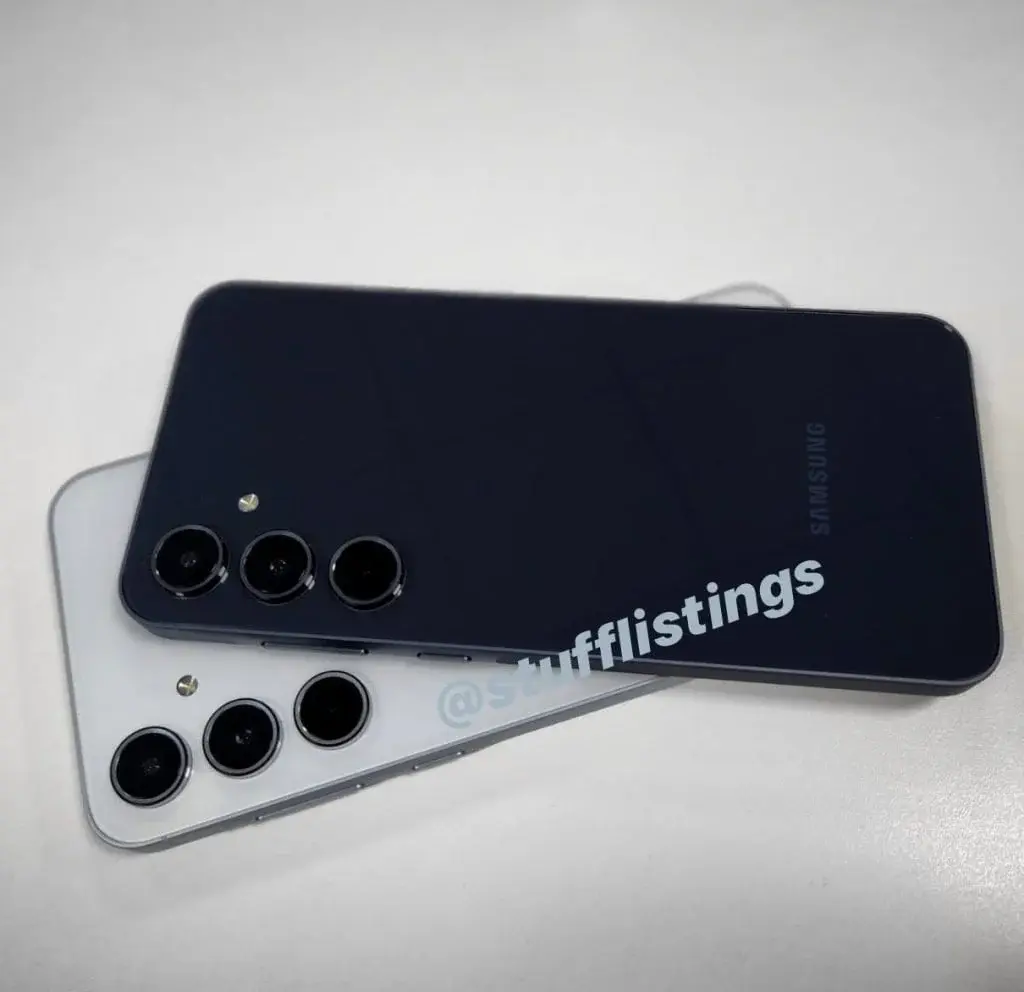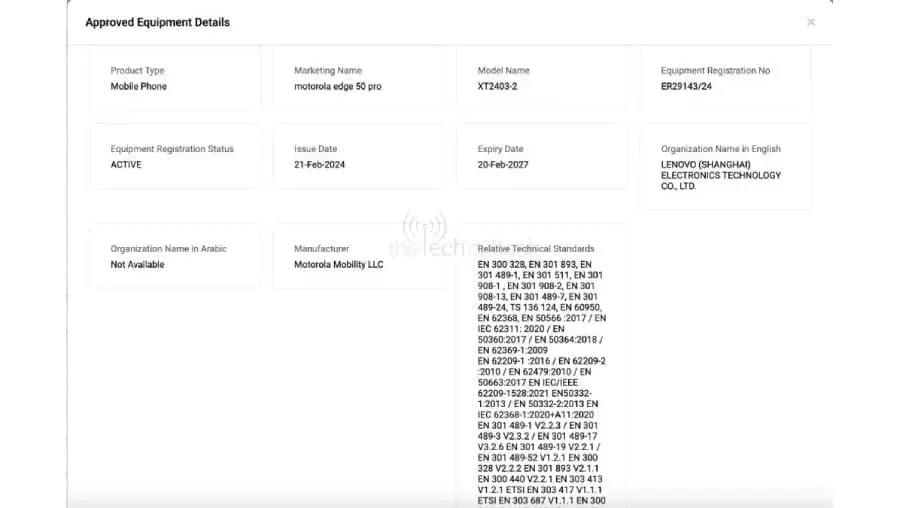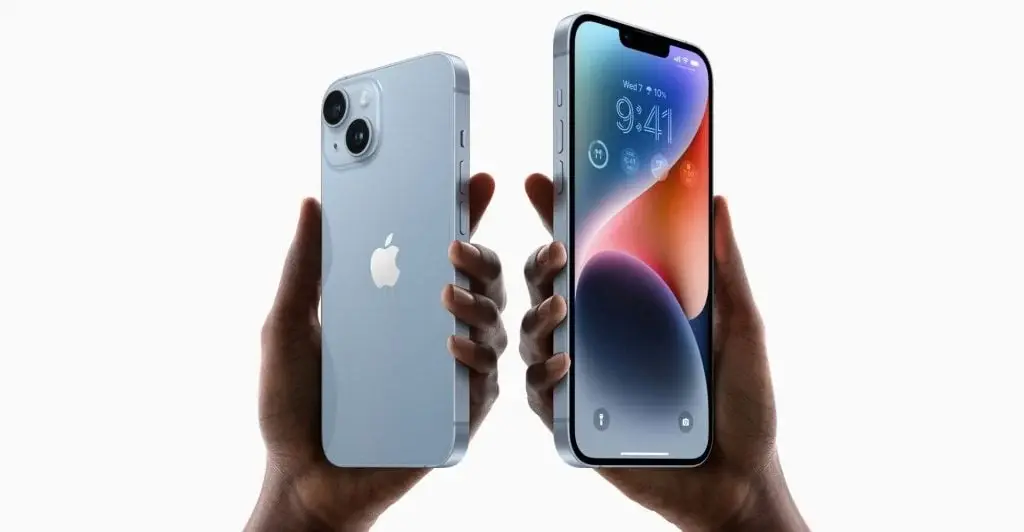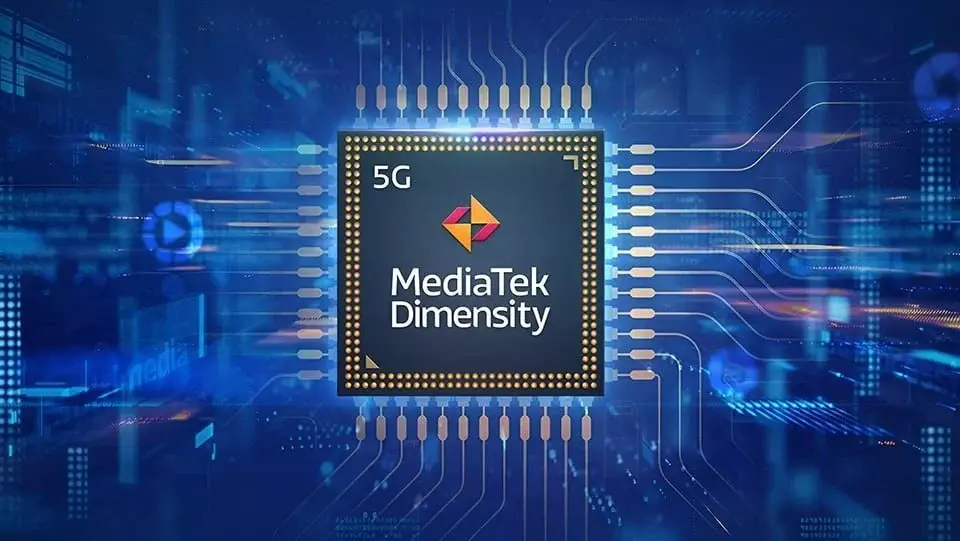With the recent unveiling of the Galaxy S24 series, Samsung now shifts its focus to the mid-range A-series lineup. The Galaxy A7x series is no longer in production, making way for the upcoming flagship of the A series—the Galaxy A55. As the anticipated launch date nears, renowned tipster Mukul Sharma has provided a sneak peek into the live images of the Galaxy A55 smartphones, along with some crucial specifications.
Design and Camera Setup
Mukul Sharma suggests that the Galaxy A55 will stay true to Samsung's iconic design language, featuring a triple rear camera setup. This setup is expected to include a 50MP primary sensor, accompanied by 12MP and 5MP secondary sensors. On the front, users can enjoy impressive selfie capabilities with the 32MP front-facing camera.
Specifications and Features
In terms of specifications, the Galaxy A55 5G is rumored to offer storage options of 128GB and 256GB, coupled with a generous 12GB of RAM. The device has made appearances on various certification platforms, hinting at a delayed release. Powering the Galaxy A55 5G will be the Exynos 1480 SOC and the Xclipse 530 GPU.
Display and Battery
The device is expected to house a robust 5000 mAh battery, supporting 25W wired charging for convenience. Users can anticipate a smooth visual experience on the rumored 6.5-inch flat panel display with a high refresh rate of 120Hz. This feature is designed to provide users with a fluid and enjoyable viewing experience.
Color Options and Availability
Samsung is likely to offer the Galaxy A55 5G in a range of striking color options, including Awesome Ice Blue, Awesome Lilac, and Awesome Navy Blue. These vibrant choices aim to cater to a diverse range of consumer preferences.
Samsung introduced the Galaxy A54 in the early part of March last year, setting a precedent for the upcoming A55 model. As the launch date draws closer, consumers can expect teasers and further details to be unveiled by Samsung soon.















